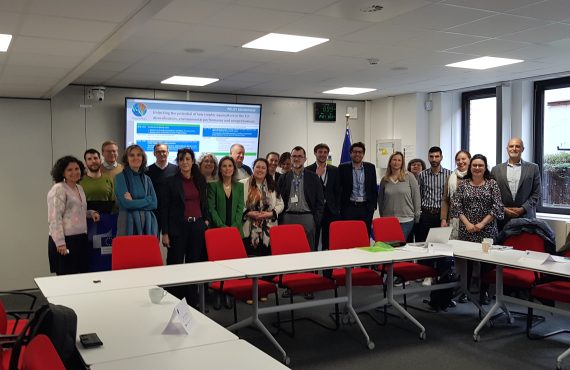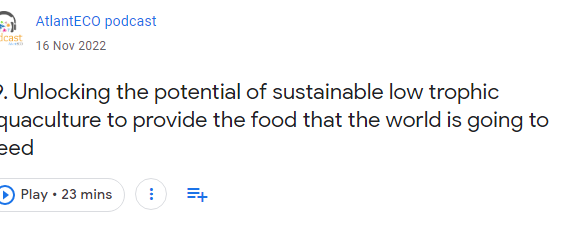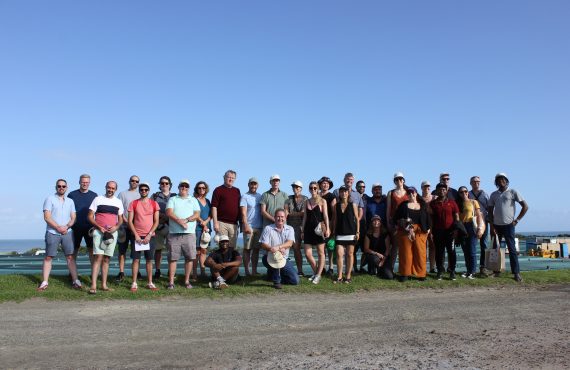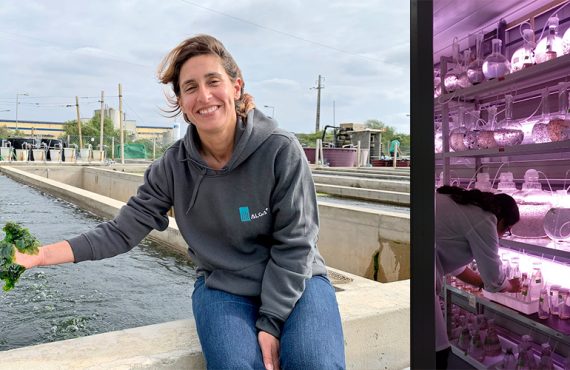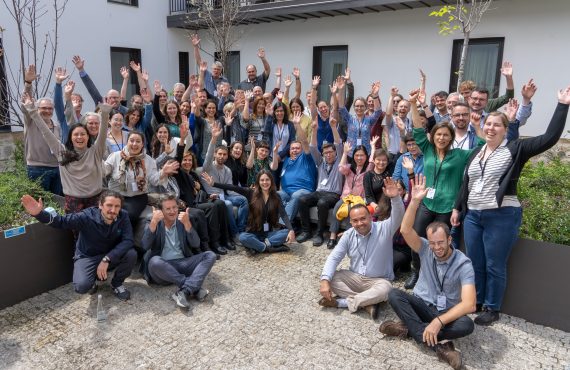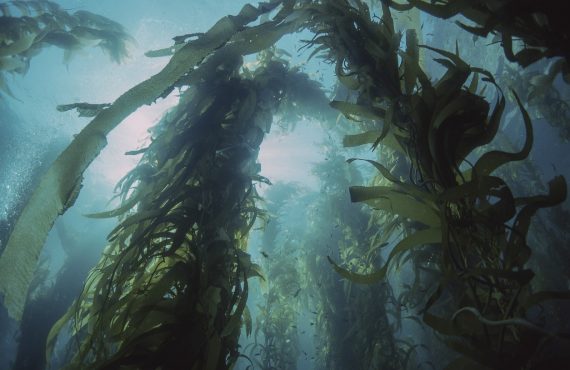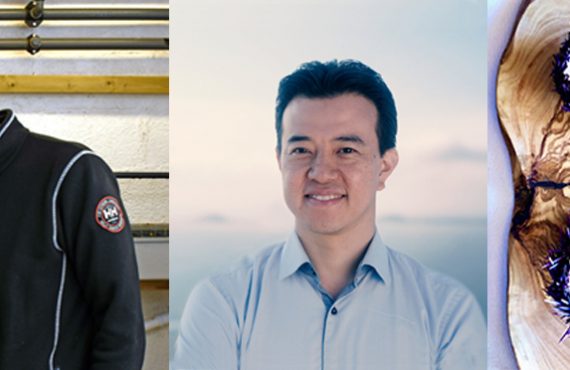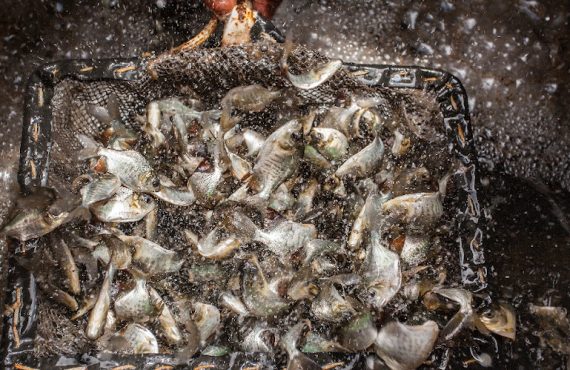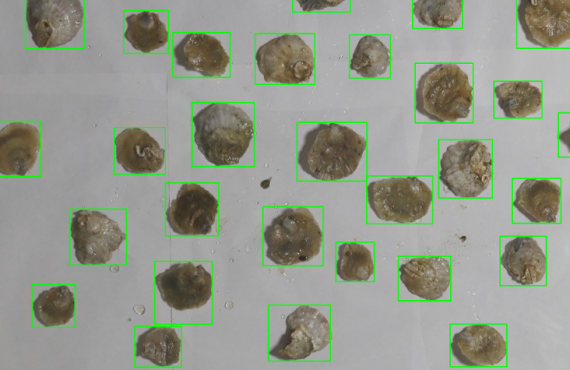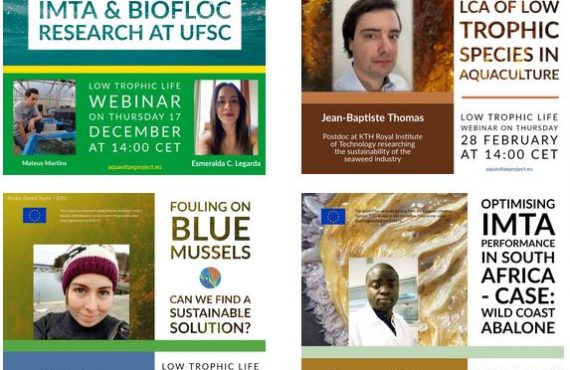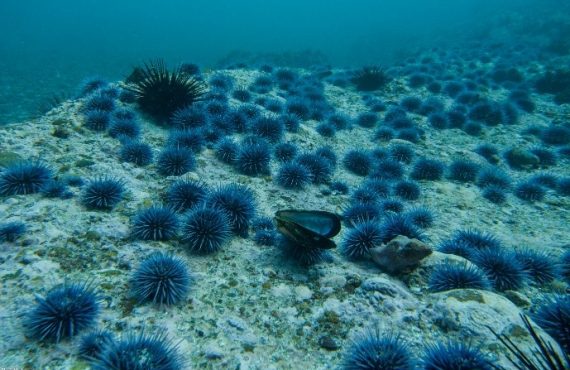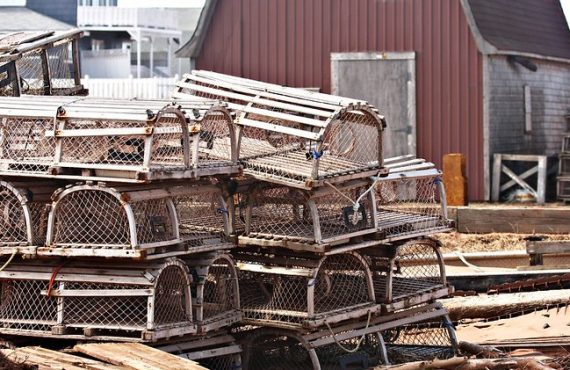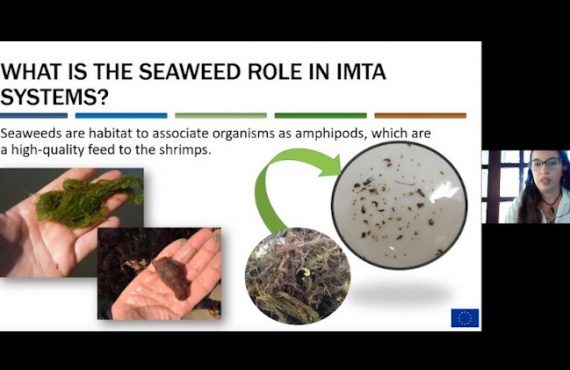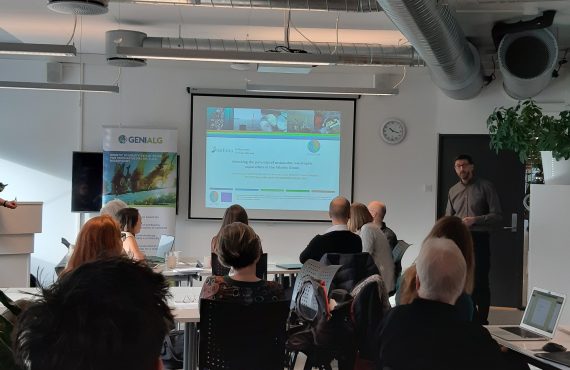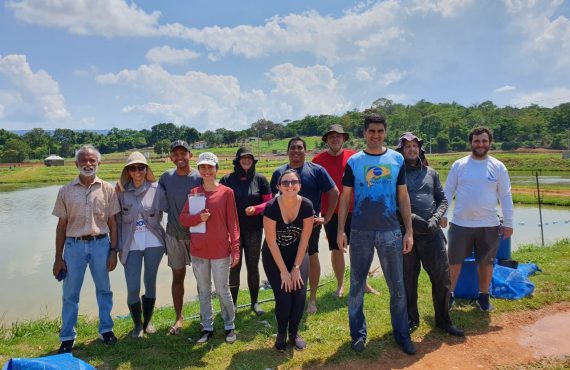Whiteleg shrimp (Litopenaeus vannamei) – Photos: Stef Claessens
By Stef Claessens, master student at the University of Algarve (Portugal)
The global aquaculture production is growing immensely in all aspects and has already surpassed the output from wild caught fish and shellfish industries. Within this global aquaculture production, the species Litopenaeus vannamei, commonly known as whiteleg shrimp of Pacific white shrimp is one of the most produced aquaculture species. This fast growth of the aquaculture production is largely driven by the ever-increasing human population of already 7,5 billion people to date, estimated to reach close to 9,5 billion in the year 2050. Satisfying the world’s need for food and cover the concerns about sustainability of this industry lead to the search for new solutions, like looking for healthy and sustainable ingredients for aquafeeds, for example: mussels.
Mussel meal as a sustainable ingredient for aquafeeds
In aquaculture, the fish meal and fish oil used in aquaculture feed are coming from the fish from the ocean. This is one of the reasons why natural fish stocks are decreasing and the price of the fish meal and oil are increasing. For this reason, researchers are looking for potential ingredients that can replace fully or parts of these fish meal and oil.
One of the potential ingredients can be mussel meal. Mussel meal (made from the meat from the mussel) is rich in protein, lipids (also the unsaturated fatty acids) and minerals/vitamins. Besides, mussels are a low-trophic species, which means that they are low in the food chain and minimize losses in trophic transfers to build animal protein.

Litopenaeus vannamei & Perna perna
In our experiment we have used the shrimp species Litopenaeus vannamei. It is by far the most farmed shrimp species worldwide, because of their fast growth, high survival, wide range of salinity, tolerant to high stocking densities and low dietary protein requirements. This species is native to the tropical areas with a water temperature above 20°C all year around. However, due to its high value farming of these species has expanded to the sub-tropical areas, like the South of Brazil. Regarding the mussel meal, we used the species Perna perna. It is a brown mussel that can grow quickly to the commercial size and it is the most farmed mussel species in the South of Brazil.
Diet formulation
In this experiment 5 different diets were used. The control was without mussel meal. Then we put 1%, 2%, 3% or 4% of mussel meal in the diets. During the formulation of the diets we had to take into account that mussel meal is rich in proteins (55% of dry weight) and rich in lipids (15% of dry weight). We compensated this fact with the soybean meal, fish meal and poultry meal, so the diets had all the same energy, protein and lipid levels. For the preparation of the mussel meal we have used the protocols that were developed in another case study from the AquaVitae project, by our colleagues from CSIC (Spain). By following their steps the nutritional value of the mussel did not modify.
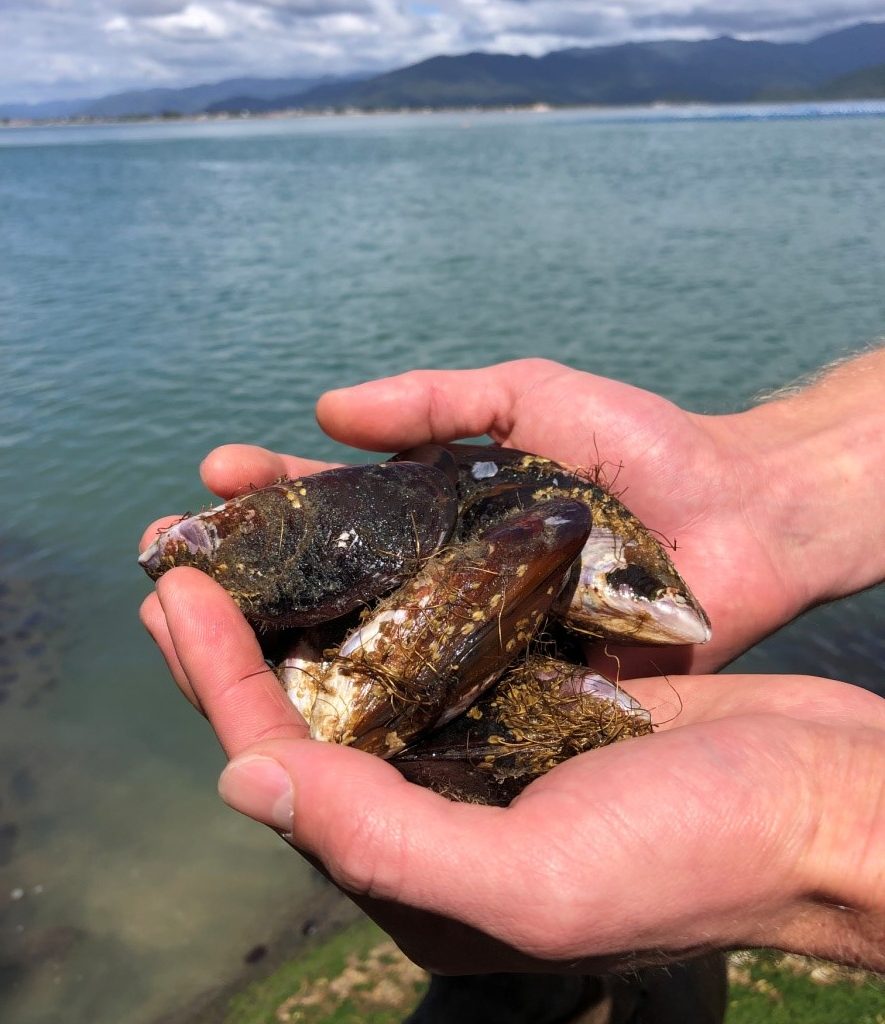
The results
After 8 weeks of growth experiment we had significant differences in final weight and feed conversion ratio (FCR). The shrimps that were fed with the 1% and 2% diets had a significant higher final growth and lower FCR after 8 weeks. The 2% diet scored the best. The survival of the shrimps was in all treatments above 94% and no differences were measured among the treatments.
Conclusion and future research
If you look to the survival, health and growth of the shrimp, we can conclude that mussel meal can be used as a potential ingredient in diets of the whiteleg shrimp. The experiment shows that even small added amounts of mussel meal (1% and 2%) can improve growth. These shrimps gained over 2 grams per week in average. In future research we would recommend analysing also the lipid and amino acid profiles and oxidation of the diets. This could help to better understand why mussel meal improves growth.
Check the full recording of the webinar
“Can mussel meal be used in diets of the whiteleg shrimp and does it improve growth?” was presented by Stef Claessensn and recorded on October 20th 2022:














